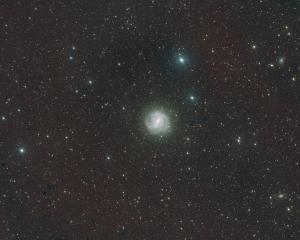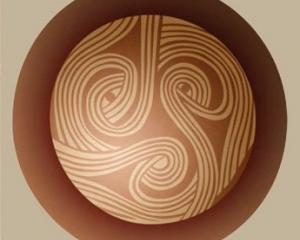
Several weeks ago, I stood atop Mt John, looking through a telescope aimed at what, to the naked eye, appears as a dim smudge of light just to the left of the star marking the lid of the Sagittarian teapot. While this object might seem unremarkable to the human eye, it transforms into one of the most stunning celestial sights when captured with a modern digital camera. First documented by French astronomer Charles Messier in 1764, this celestial gem is known worldwide as the Trifid Nebula.

Today, astronomers estimate that the Trifid Nebula is approximately 4100 light years away from our solar system. Its striking red colour emanates from glowing clouds of hydrogen gas, while the blue hue results from starlight reflecting from surrounding dust clouds. Spanning over 40 light-years, the Trifid Nebula is a vast reservoir of dust and gas where a new generation of stars are forming.
Perhaps, in several billion years, on a planet orbiting one of these nascent stars, my extraterrestrial counterpart will write a column for the Trifid equivalent of The Weekend Mix, sharing tales of another nebula visible from their vantage point in the cosmos. The cycle of universal life will continue.











